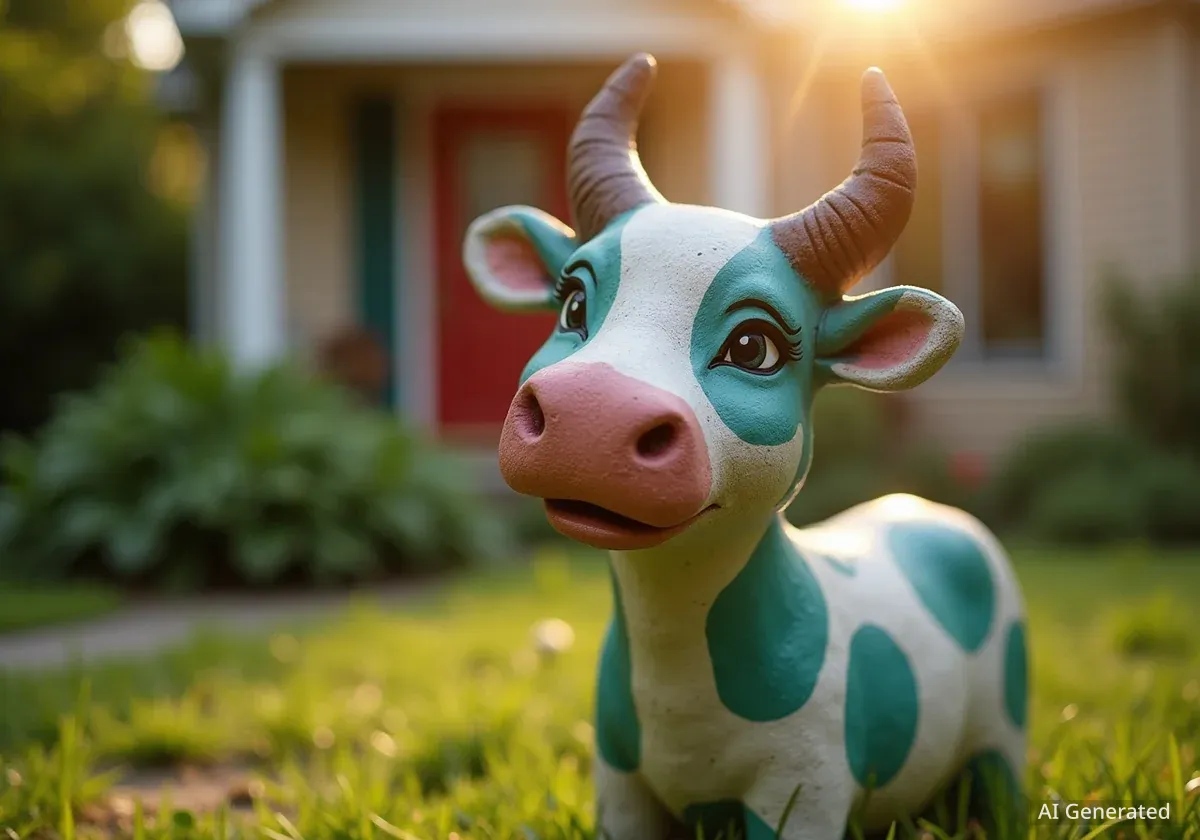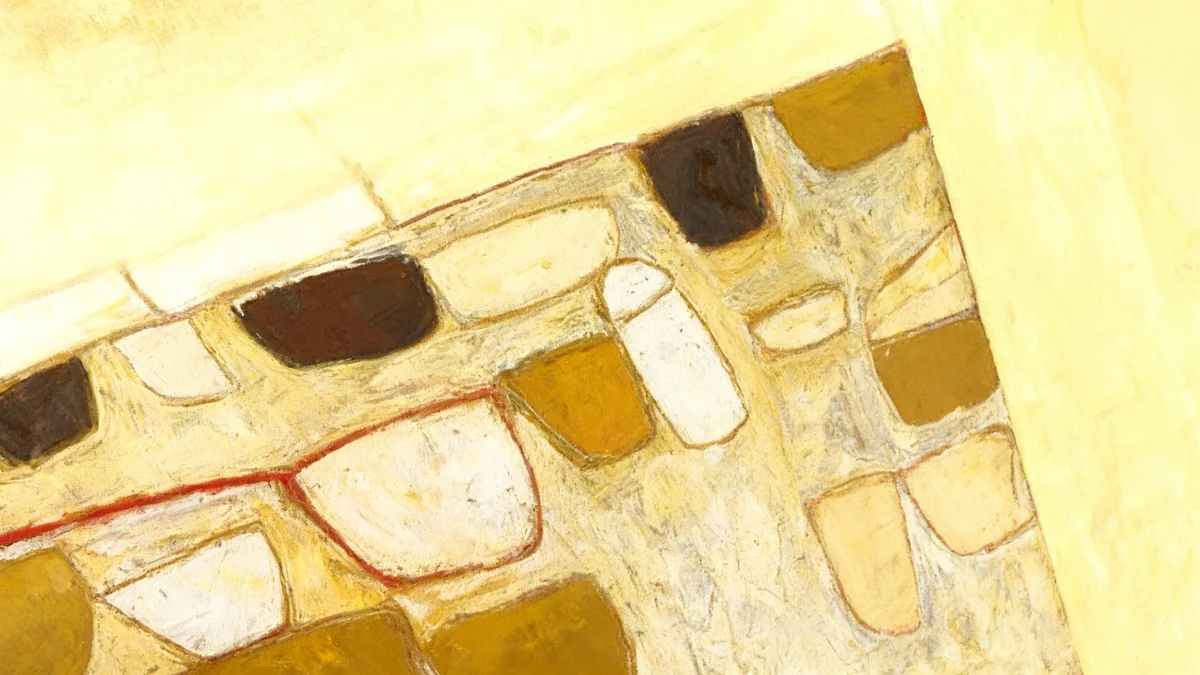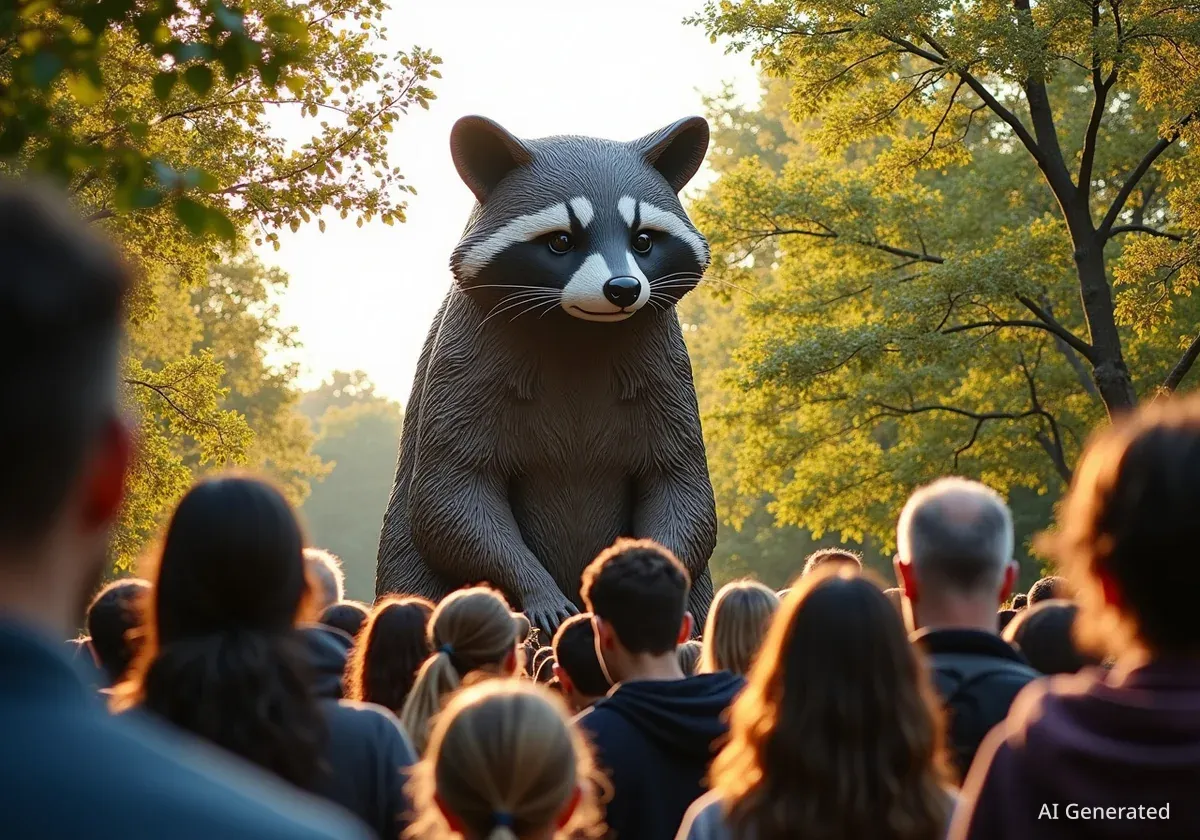In a departure from traditional lawn ornaments, Sheboygan artist Marie Hetzel has installed two concrete cow statues at the front of her home. Located near Lake Michigan, these bovine figures offer a distinctive touch, aiming to bring smiles to passersby. The year-long project marked Hetzel's first venture into the complex world of sculpting and casting, requiring extensive research and hands-on effort.
Key Takeaways
- Marie Hetzel created two unique concrete cow statues for her Sheboygan home.
- The project, her first in sculpting, took about one year to complete.
- Hetzel aimed for the statues to be subtle, beautiful, and bring joy to the community.
- The process involved 28 layers of liquid latex for the mold and custom-built equipment.
- Family and friends provided crucial assistance with construction and heavy lifting.
A Different Kind of Lawn Ornament
Marie Hetzel’s home now features two concrete cow statues. These stand in place of the more common lion statues often seen in front yards. Hetzel noted that lion statues typically evoke European art, symbolizing prosperity or protection. However, she sought something more fitting for Wisconsin, known as America's Dairyland.
Despite not having a particular fondness for cows, Hetzel recognized their symbolic importance. She described them as having "staying power." She found their simple form beautiful and subtle, preferring them over brightly painted, more garish alternatives.
Interesting Fact
Marie Hetzel’s project was her first attempt at sculpting and casting. She previously worked mostly in two-dimensional art forms.
The Year-Long Creative Process
The creation of these cow statues was an intensive process. It spanned approximately one year from conception to completion. Hetzel, who holds a fine arts degree, found sculpting and casting to be an entirely new challenge. She relied heavily on research to guide her through unfamiliar techniques.
Her research included watching numerous YouTube videos. She also consulted with Quasius Construction for expert advice. Inspiration came from various cow statues found across Sheboygan County, including those at Christopher Farm and Gardens, Old World Creamery, and in downtown Plymouth.
Understanding Bovine Posture
A crucial aspect of her research involved studying how cows sit. Unlike lions, which often sit on their haunches, Hetzel observed that cows sit in a less conventional manner, with their back legs tucked underneath them. Her initial attempt to carve a sitting cow from Styrofoam proved unsuccessful.
"I had to toss that one," Hetzel stated, referring to her first Styrofoam cow model.
She then shifted her design to cows lying down, which allowed the project to move forward more smoothly. This change was a key turning point in the design phase.
Background Information
Sheboygan County, located in Wisconsin, is part of "America's Dairyland," a nickname reflecting the state's significant dairy farming industry. This context made cow statues a locally relevant and fitting choice for the artist.
Collaboration and Ingenuity
Hetzel did not undertake this ambitious project alone. Her son, Simon Ulrich, provided significant assistance. He helped with problem-solving, mixing concrete, and performing heavy lifting tasks. Friend Tammie Butzen also played a vital role, assisting with the creation of a specialized vibration table, building a cradle for casting, and filling the molds with concrete.
Both Ulrich and Butzen had previously helped Hetzel with other creative endeavors. Ulrich had assisted with piano tuning and laying bricks. Butzen had refinished floors and collaborated with Hetzel on a steampunk lamp business. Their combined skills proved invaluable.
"I'm amazed by her ability," Butzen commented. "I've seen her do all sorts of artwork and all sorts of things, but I appreciate her attention to detail. It was pretty outstanding."
Innovative Use of Materials
The project involved creative repurposing of various materials. To begin, Hetzel constructed a clay model. To reduce weight and cost, the core of this model was pink insulation foam, not solid clay. She softened the clay in a makeshift oven, which was a cardboard box lined with insulation foam and aluminum foil, heated by a reptile tank light. This made the clay pliable enough to cover the foam core.
The next step involved creating the mold itself. Hetzel applied 28 layers of liquid latex rubber to the clay model. This meticulous process took about a month, as each layer required a full day to dry. She also used cut-up playing cards to form seams around the head, which helped in removing the mold later. After the latex, she covered the entire model with masking tape. This created a thin separation layer between the latex mold and the subsequent fiberglass "mother mold."
Key Process Detail
The fiberglass "mother mold" was applied in a friend's warm, ventilated garage in February. This stage also took about a month, with each layer of epoxy resin needing approximately a week to dry.
Casting and Finishing Touches
Once the fiberglass mold was complete, Hetzel drilled holes in the seams and bolted the sections together. She then carefully removed both the fiberglass and latex molds and rinsed them at home.
"Of course, the house became a cow development factory," Simon Ulrich wrote in an email. "One day I came home to find the latex mold drip drying in our shower. That was a shock!"
Before casting the main statues, Hetzel experimented with various concrete mixtures. Some included fiber or a bonding agent to enhance durability and strength. A critical piece of equipment was the motorized vibration table, built by Hetzel and Butzen. This table, constructed using an old tire beneath a tabletop, was designed to push air bubbles to the surface when concrete was poured, ensuring a smooth finish.
Butzen described the effort involved in building the vibration table, noting the smell of burning rubber and steel belts from the tire. "Never in my life have I ever had to drill a hole in the side of a tire," she said.
Designing the Bases and Final Placement
Hetzel also created two separate molds for the plinths, or bases, on which the statues would rest. She cast these bases and removed their frames. Her intention was for the statues to appear more decorative, with trim and the word "MOO" and the year 2025 in Roman numerals etched at the bottom.
The concrete-filled cow molds were expected to weigh around 200 pounds each. To manage this weight, Hetzel constructed a cradle from repurposed shipping containers from Butzen’s workplace. The latex and fiberglass molds were placed upside down within this cradle for pouring.
After the concrete cured, two neighbors assisted in tipping the cradle. They rotated it 90 degrees onto a transfer table, and then again onto the plinths. Ulrich transported a practice statue, cast earlier, from the garage to the other plinth using a wheelbarrow.
The finishing work included patching any small bubble holes, applying a slurry coat, and antiquing the statues with an equal mix of black paint and water. This added depth and character to the concrete.
The Joy of Creation
Hetzel likened her dedication to the project to Richard Dreyfuss’ character in the 1977 film “Close Encounters of the Third Kind,” who becomes obsessed with recreating a mountainous shape. She spent countless hours in her garage and front yard, driven by her vision.
"I kind of felt that way doing these cows because I was just constantly either in the garage or out here trying to get this done," Hetzel explained, gesturing towards her front yard.
Despite the immense effort, Hetzel never considered hiring someone else to do the work. Her motivation was deeply personal.
"I want to create things myself," Hetzel affirmed, "and in this instance, the point of the whole thing is, I want people to walk by and just smile."
The statues now stand as a testament to her artistic vision, perseverance, and community spirit, bringing a unique, smile-inducing element to her Sheboygan neighborhood.




